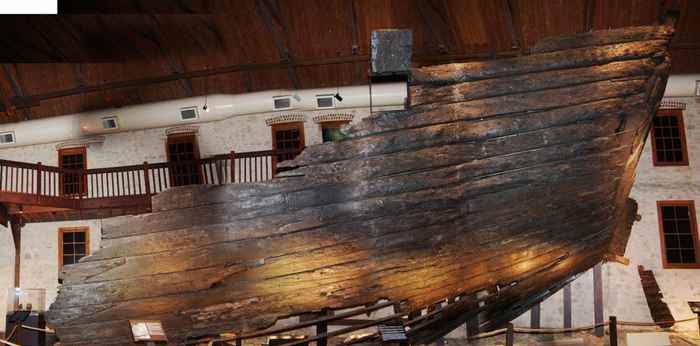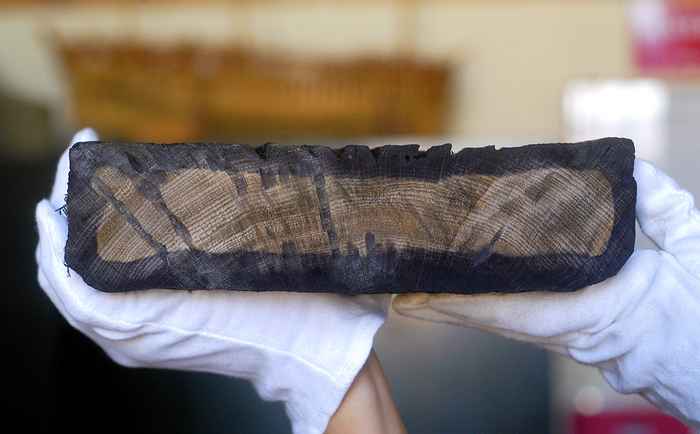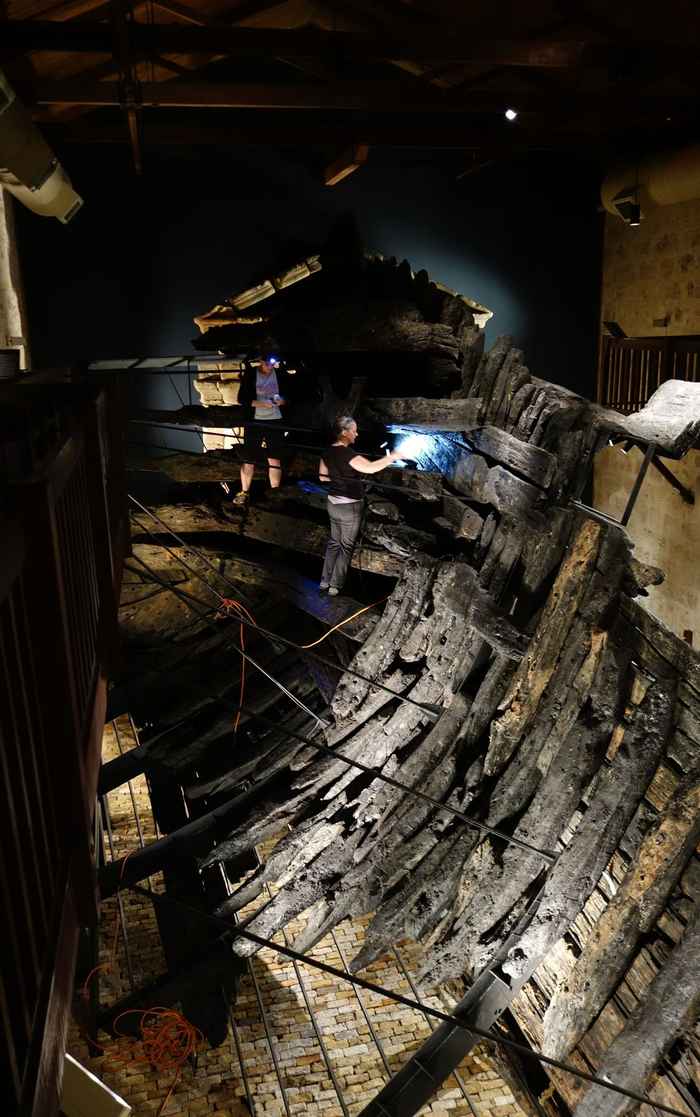Shipwreck Batavia reveals secrets of 17th century Dutch seafaring domination
Archaeologists research tree rings of timbers from first Australian voyages
1 November 2021
Built in Amsterdam in 1626-1628 and wrecked on its maiden voyage in June 1629 on Morning Reef off Beacon Island (Houtman Abrolhos Archipelago), Batavia epitomises Dutch East India (VOC) shipbuilding at its finest in a Golden Age, experts reveal in a study led by Flinders University archaeologist Associate Professor Wendy van Duivenvoorde with co-authors, Associate Professor and ERC grantee Aoife Daly at the University of Copenhagen and Marta Domínguez-Delmás, Research Associate and VENI Fellow at the University of Amsterdam.
'The use of wind-powered sawmills became common place in the Dutch republic towards the mid-17th century, allowing the Dutch to produce unprecedented numbers of ocean-going ships for long-distance voyaging and interregional trade in Asia, but how did they organise the supply of such an intensive shipbuilding activity? The Dutch Republic and its hinterland certainly lacked domestic resources', says Van Duivenvoorde.
Fortunately, the Batavia ship remains were raised in the 1970s and are on display at the Western Australian Shipwrecks Museum in Fremantle. This allowed archaeologists and dendrochronologists from Flinders University, the University of Amsterdam, and University of Copenhagen to undertake the sampling and analysis of the hull timbers. In-depth sampling of Batavia’s hull timbers for dendrochronological research, published in open-access journal PLOS ONE, offers a piece of the puzzle of early Dutch 17th century shipbuilding and global seafaring that was still missing.


Wood shortages in the 17th century
In the 17th century, the VOC grew to become the first multinational trading enterprise, prompting the rise of the stock market and modern capitalism. During this century, a total of 706 ships were built on the VOC shipyards in the Dutch Republic and 75 of these were shipwrecked and 23 captured by enemy forces or pirates. However, little is understood about the timber materials that enabled the Dutch to build their ocean-going vessels and dominate international trade against competitors in France, Portugal, and continental Europe.
'Oak was the preferred material for shipbuilding in northern and western Europe, and maritime nations struggled to ensure sufficient supplies to meet their needs and sustain their ever-growing fleets. Our results demonstrate that the VOC successfully coped with timber shortages in the early 17th century through diversification of timber sources', explains Marta Domínguez Delmás Research Associate and VENI Fellow at the University of Amsterdam.
Careful wood selection
'The preference for specific timber products from selected regions demonstrates that the choice of timber was far from arbitrary. Our results illustrate the variety of timber sources supplying the VOC Amsterdam shipyard in the 1620s and demonstrate the builders’ careful timber selection and skilled craftsmanship' says Daly of the University of Copenhagen.
'Our results contribute to the collective knowledge about north European timber trade and illustrate the geographical extent of areas supplying timber for shipbuilding in the Dutch Republic in the 17th century' concludes Van Duivenvoorde.
